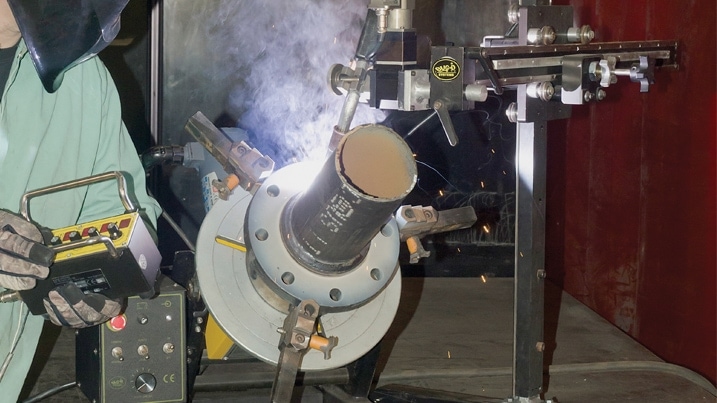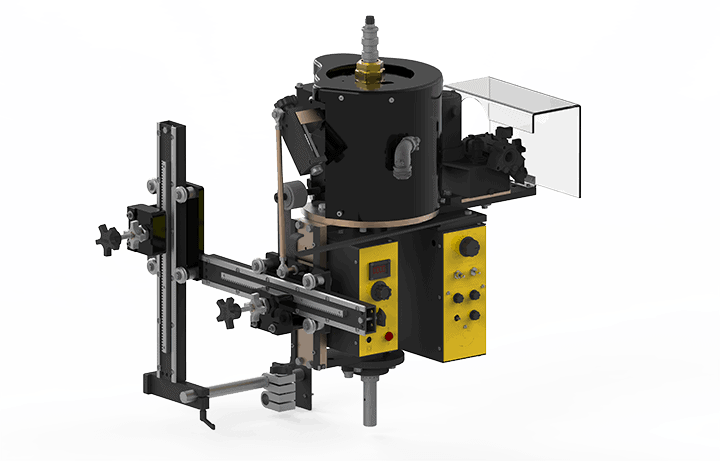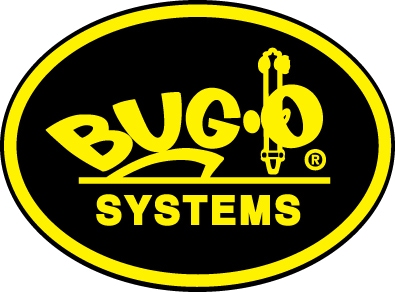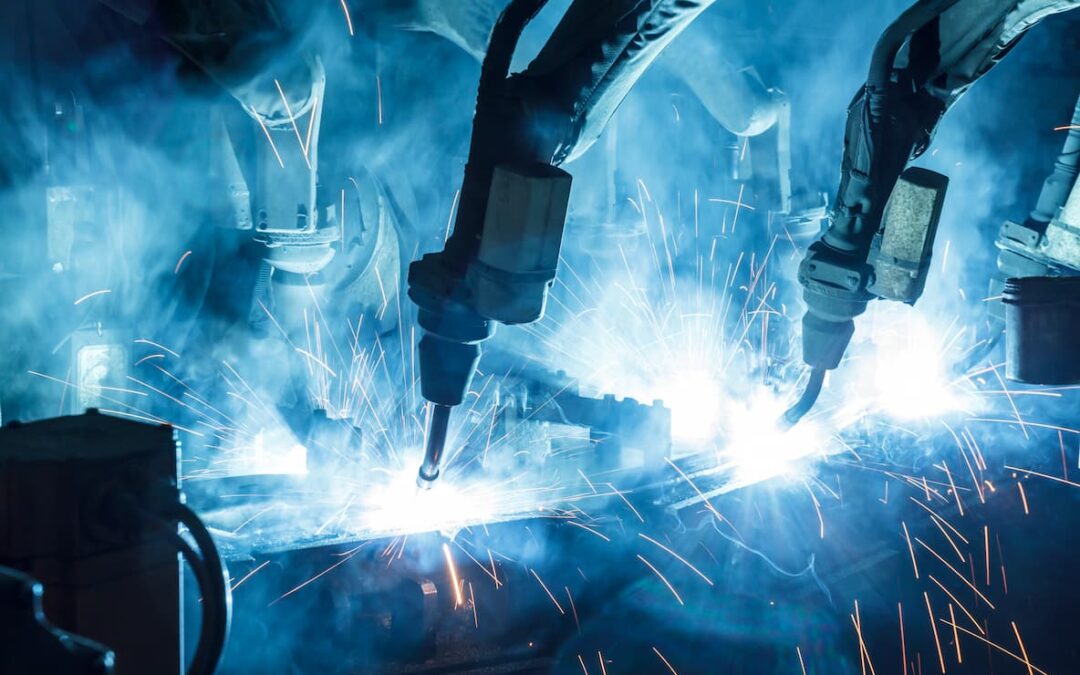As industrial managers grapple with improving efficiency, cost reduction opportunities, and tackling safety challenges, mechanized welding and cutting have emerged as invaluable technology for fabrication processes.
Mechanization of the welding processes allows for greater control over a large variety of applications, resulting in higher-quality welds, improved production speed, and a safer work environment.
Some benefits of these systems are arc time optimization which can be translated into higher productivity, increased quality through consistency and precision of movement along the weld, and improved process times while offering an unparalleled ROI.
For industries pursuing new technologies to improve process efficiency, this article contains the fundamentals of mechanized welding, its differences from manual welding, and the types of welding processes that best adapt to manufacturing functions.
What Is Mechanized Welding?
According to the American Welding Society, by 2026, mechanized welding will account for 20% of all welds due to a shortfall of skilled welders. For manufacturers, this means this improved technological welding solution is the future of their welding operations.
Mechanized welding consists of a process in which some of the welding parameters, such as the stick out (contact tip to work distance) welding angles and speeds, are controlled mechanically and or electronically and can be manually modified during the weld if needed to partially automate the welding process under the supervision of an operator.
The welding mechanization systems are electronically controlled devices connected to a welding power source and a welding wire feeder; these systems travel along the desired weld path and can run on top of a track or on the plate itself. This makes them fast and easy to set up and use in various positions, including flat, horizontal, vertical, or overhead in different weld joint configurations like fillet, groove, or overlap welds.
Thanks to their portability, precise speed control, and the variety of accessories and configurations these systems can offer, they are able to work with a wide variety of base materials, joint configurations, welding positions, and plate geometries, making them a more versatile, more efficient alternative to manual and fully automated systems.

Manual vs. Mechanized Welding
When operation managers decide to step further and mechanize their processes, they often need clarification about how mechanized welding differs from manual welding.
The main differences between mechanized and manual welding are:
- Precision: Mechanized welding offers higher consistency, precision, and accuracy than manual welding, allowing for uniform welds with precise control over weld parameters.
- Productivity: Mechanized welding increases arc time which means productivity. It requires less effort, especially in hard-to-reach welding positions, resulting in more weld time and precise welds with consistent quality. Additionally, mechanized welding has accuracy down to 0.025 inches, or less than any manual method could offer.
- Safety: Mechanized welding presents an improved safety level due to the elimination of manual operations and hazardous tasks, reducing the risk of injury or accidents due to the exposure to weld fumes, radiation, heat, and weld spatter; also avoiding problems due to the lack of ergonomics required by some welding operations.
It should be noted that even though mechanized welding requires less human labor, it still needs the supervision of a welding professional to adjust parameters according to different job requirements.
Types of Welding Processes Mechanized Welding Facilitates
Mechanized welding facilitates four main types of welding processes:
1. Gas Metal Arc Welding (GMAW)
Gas metal arc welding (GMAW) is a welding process in which an electric arc forms between a continuous feed wire (electrode) and the base material (plate to be welded). This electric arm heats up the wire and the base metal, melting them and causing them to fuse (join). This welding process requires a shielding gas to prevent the exposure of the weld to oxygen, hydrogen, and other gases in the air. The interaction of these elements with the weld can cause a variety of problems.
2. Flux Cored Arc Welding (FCAW)
Flux-cored arc welding (FCAW) is a welding process that uses an arc between a continuous feed wire (electrode) and the base material (plate to be welded). It uses a tubular wire electrode, which consists of a metal sheath that contains a flux powder inside of it.
Part of the flux inside the wire is deposited as weld metal or helps to add chemicals that improve the mechanical characteristics of the weld. The remaining portion of the flux is converted into gases that provide a shielding atmosphere to the weld.
This process can be used with additional external gas from a cylinder known as Gas Shielded Flux Cored Arc Welding (FCAW-GS). When the wire has sufficient flux to shield the weld pool from the atmosphere and does not require additional gas, then it is known as Self Shielded Flux Cored Arc Welding (FCAW-SS).
Positions Mechanized Welding Facilitates
One of the advantages mechanized welding has over manual welding is the ability to adapt to different positions, allowing workers to weld in the most complex geometries. The most common welding positions include:
Flat
This is ideal for metal sheets or thin materials, while mechanized vertical welding suits thicker materials.
Horizontal
This position welds frames and other parts that require horizontal welding, such as the horizontal joining welds on large tanks or support pilings.
Vertical
This type of mechanized welding is ideal for welding large objects with thicker materials, as it creates a weld line in the vertical direction, such as the vertical joining of sections of barges or ships.

Overhead
This mechanized welding position is mainly used for welding in overhead areas, pipes, and other hard-to-reach places.
Obtain State of the Art Mechanized Welding
At BUG-O Systems, we are committed to empowering our customers by providing operator-controlled mechanized solutions for their welding needs across industries, including automotive manufacturing, shipbuilding & repair, structural steel fabrication & erection, heavy manufacturing, and assembly operations around the world.
Our advanced technology allows us to provide customizable solutions tailored to your application requirements while offering unmatched power-to-weight ratios, durability, versatility, increased productivity & improved weld quality.
With over 75 years of experience, we have the know-how and expertise to help you maximize efficiency. And besides offering the technology for mechanized welding, we offer training for several industries to learn how to take the most out of mechanized welding.
Contact us today to learn more about how our products can help your business improve its efficiency.
Related Blogs
Mechanized Welding Process: Improving Production & Quality
Difference Between Welding Mechanization vs. Automation
Types of Welding for Manufacturing Companies
Shipbuilding Welding Process: Main Types and How to Improve Production
Pressure Vessel Welding: What Is It and How It Helps in Fabrication


Recent Comments